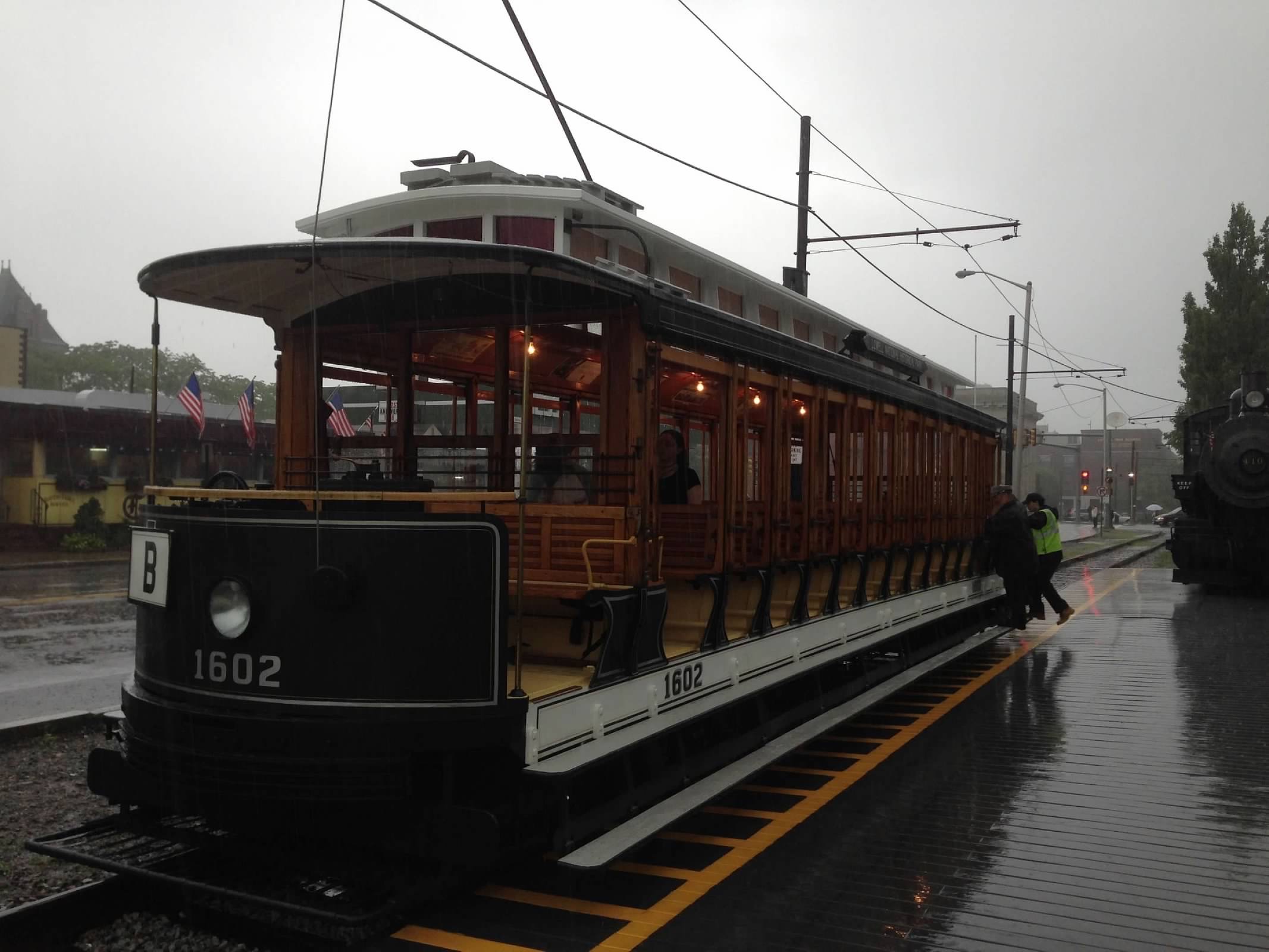Lowell National Historic Park was established in 1978 to celebrate the city’s role in the American Industrial Revolution. Lowell was incorporated in 1826 to serve as a mill town. It was named after Francis Cabot Lowell who devised the Waltham-Lowell System which called for vertical integration of textile manufacturing in New England. Lowell’s mills were famously worked by “mill girls” who moved to factory towns from farms across New England. They operated looms that were powered by canals running next to the factories. By the 1850s, Lowell had the largest industrial complex in America; however, following the Civil War, textile production largely moved to the South. Lowell fell on hard times by the 1920s, but the mills were temporarily revived during World War II to make parachutes. The city made a concerted effort to restore its historic mill district in the 1970s leading to creation of the national historic park.

Visiting Lowell National Historic Park
The best place to start a visit to Lowell National Historic Park is at the visitor center located at 426 Market Street. The visitor center has introductory exhibits that explain the history of the textile industry including an exhibit on how the looms work and the film Lowell: The Continuing Revolution. Visitors can sign up for tours at the visitors center – including the popular Pawtucket canal boat tour, but it is best to reserve tickets in advance at recreation.gov.


Boott Cotton Mills Museum
Next, step inside the Boott Cotton Mills Museum to experience what life was like for the mill girls working in the factories. The Weave Room only has a few looms running, but the noise is deafening. The museum tells the story of how textiles were spun, woven, dyed, and cut. It also houses exhibits on the Industrial Revolution, child labor, and the mill girls.

Morgan Cultural Center
The Morgan Cultural Center includes a recreated 1840s boarding house to give visitors a sense of where the mill girls lived. It also serves as a historical center for the City of Lowell.


Trolley Rides
No trip to Lowell National Historic Park is complete without a ride on the historic trolleys. Electric streetcars were prominent in Lowell between 1880 and 1920, but faded with the popularity of automobiles. The national historic park acquired a set of replica open air trolleys in the 1980s and has been operating them during the summer season ever since.

Thanks for visiting our blog! Click here for more Land of Liberty Explorers. And don’t forget to follow us on Facebook and Pinterest!


